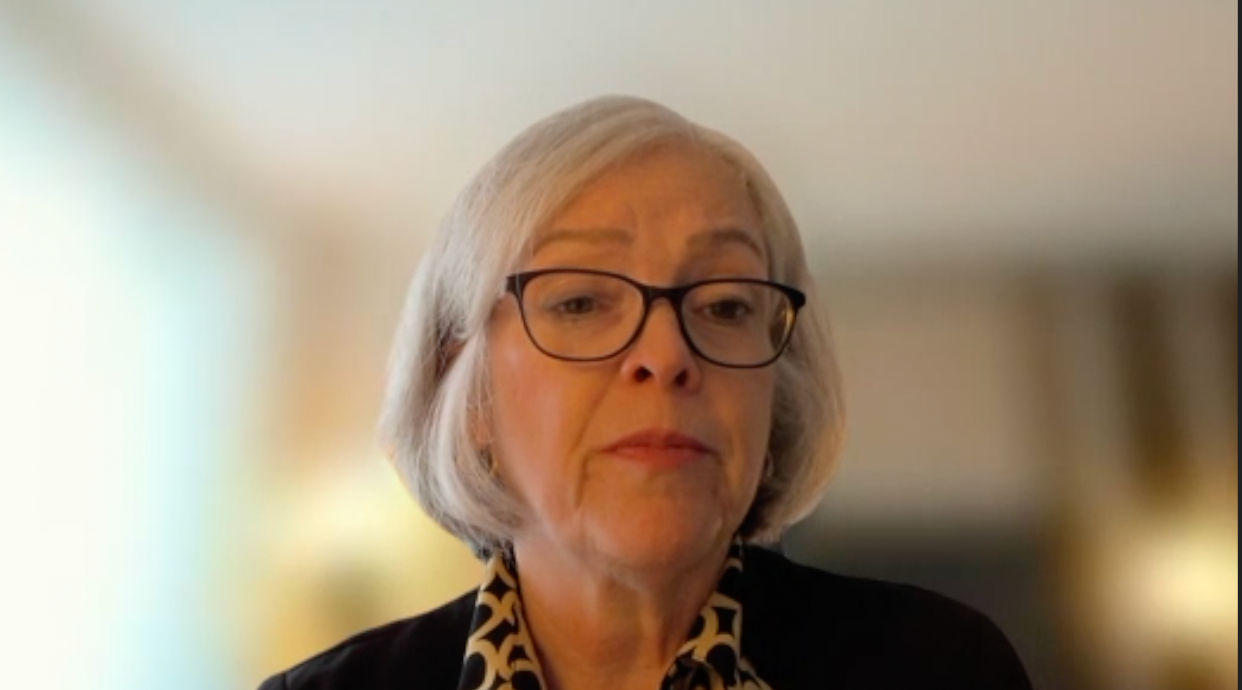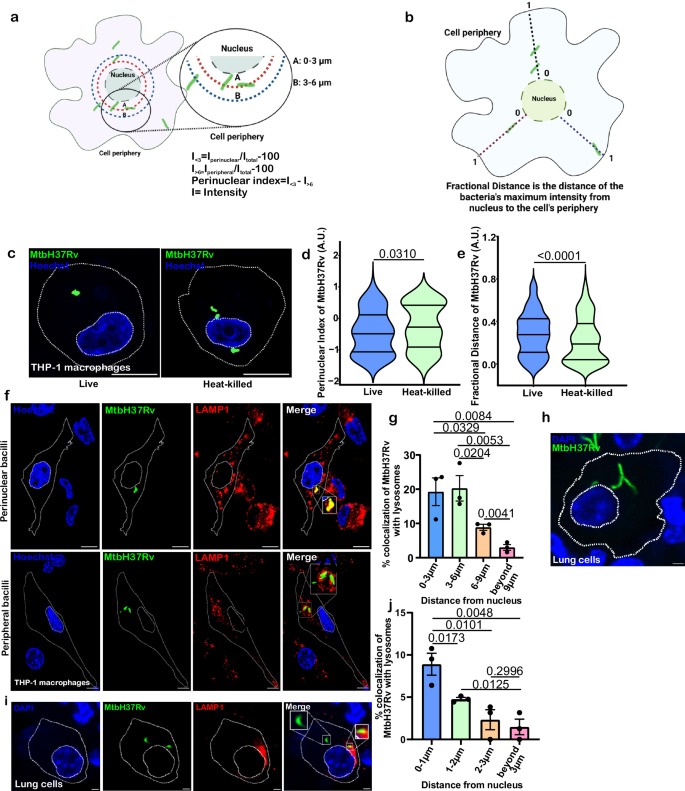Report on Social Determinants of Health in Cancer Care and Alignment with Sustainable Development Goals
1.0 Introduction: The Impact of Social Determinants on Health Equity
Social Determinants of Health (SDOH) and Health-Related Social Needs (HSRNs) present significant barriers to accessing and maintaining necessary cancer care interventions. These factors critically undermine progress towards achieving key Sustainable Development Goals (SDGs), particularly SDG 3 (Good Health and Well-being) and SDG 10 (Reduced Inequalities). The inability to address these needs negatively impacts the entire cancer care continuum, from prevention and diagnosis to survivorship and end-of-life care.
2.0 Analysis of Key SDOH Factors and Corresponding SDGs
Several unmet social needs have been identified as being negatively associated with cancer-related outcomes. These factors directly correlate with specific SDG targets:
- Economic and Housing Stability: The lack of stable, affordable housing creates a significant barrier to consistent treatment, directly impacting efforts related to SDG 1 (No Poverty) and SDG 3.
- Food Security: Communities located in “food deserts” lack access to healthy food, a critical component of health and well-being. This challenge aligns with the objectives of SDG 2 (Zero Hunger).
- Transportation and Safety: Inadequate access to transportation and a lack of interpersonal safety can prevent patients from attending appointments, hindering the goals of SDG 3.
- Community Environment: The higher cancer burden in communities near industrial areas and those lacking green spaces highlights a failure to meet targets within SDG 11 (Sustainable Cities and Communities).
3.0 Proposed Interventions to Advance Health Equity and SDG Targets
A multi-faceted approach is required to mitigate the impact of SDOH and advance equitable access to cancer care. The following strategies have been proposed:
-
Enhanced Patient Data Collection:
- Implement automated, self-reported patient update systems. This allows patients to share sensitive information, such as depression or pain, in a non-threatening manner, improving provider awareness and supporting patient-centric care in line with SDG 3.
-
Integrated Patient Support Systems:
- Utilize social workers and patient navigators to proactively contact patients and help them overcome barriers related to SDOH. Patient navigators have been shown to be effective in reducing healthcare utilization and costs for low-income minority patients, directly contributing to SDG 10.
-
Systemic Environmental and Policy Reform:
- Policymakers and public health institutions must address the root causes of health disparities. This includes investing in community resources such as parks and walking trails to promote physical well-being (SDG 3, SDG 11) and ensuring children have access to healthy school lunches (SDG 2).
4.0 Conclusion: A Call for Systemic Action
The significant scale at which SDOH affects cancer patients necessitates a comprehensive response. Addressing these challenges is not only a clinical priority but also a public health imperative that aligns with the global commitment to the Sustainable Development Goals. Advancing equitable access and affordability in cancer care requires systemic, financial, and research-driven strategies that recognize the profound link between social conditions and health outcomes. Such actions are fundamental to building stronger, more inclusive institutions as envisioned by SDG 16 (Peace, Justice and Strong Institutions) and ensuring no one is left behind.
Addressed Sustainable Development Goals (SDGs)
-
SDG 3: Good Health and Well-being
The article’s central theme is improving health outcomes for cancer patients by addressing barriers to care. It discusses the impact of Social Determinants of Health (SDOH) on a patient’s ability to continue treatments, including screening, diagnosis, and survivorship care. It also touches on mental health, with the suggestion that providers should be alerted when patients “complain of depression or pain.”
-
SDG 10: Reduced Inequalities
The article explicitly focuses on achieving “equitable access to cancer care.” It highlights the disparities faced by “low-income minority patients” and notes that the “cancer burden is greater in communities that are close to industrial areas.” The proposed solutions, such as patient navigators and policy reform, are aimed at reducing these inequalities in health access and outcomes.
-
SDG 2: Zero Hunger
The article connects health outcomes to food security by mentioning “food deserts” as a negative factor. It also proposes that as part of systemic reform, “Kids should also get healthy lunches,” directly addressing the need for access to nutritious food.
-
SDG 11: Sustainable Cities and Communities
The article links health to the living environment. It identifies “stable, affordable housing” as a critical need and points out the negative health impact on communities “close to industrial areas.” Furthermore, it calls for environmental reform by “improving resources outside of immediate health-care-related interventions, like parks and walking trails” to help patients improve their health.
Identified SDG Targets
-
SDG 3: Good Health and Well-being
- Target 3.4: By 2030, reduce by one-third premature mortality from non-communicable diseases through prevention and treatment and promote mental health and well-being. The article’s focus on ensuring patients can “keep up with their treatments” for cancer (a non-communicable disease) and addressing patient-reported issues like “depression or pain” directly supports this target.
- Target 3.8: Achieve universal health coverage, including financial risk protection, access to quality essential health-care services… The article’s discussion on advancing “equitable access and affordability in cancer care” and using tools like patient navigators to help patients overcome barriers aligns with the goal of universal access to health services.
-
SDG 10: Reduced Inequalities
- Target 10.2: By 2030, empower and promote the social, economic and political inclusion of all, irrespective of… race, ethnicity… or economic or other status. The article’s emphasis on finding solutions for “low-income minority patients” and addressing the disproportionate cancer burden in certain communities is a direct call to action for this target.
-
SDG 2: Zero Hunger
- Target 2.1: By 2030, end hunger and ensure access by all people… to safe, nutritious and sufficient food all year round. The identification of “food deserts” as a problem and the suggestion for “healthy lunches” for children directly relate to ensuring access to adequate and nutritious food.
-
SDG 11: Sustainable Cities and Communities
- Target 11.1: By 2030, ensure access for all to adequate, safe and affordable housing and basic services… The article lists “stable, affordable housing” as a key health-related social need that affects cancer outcomes when unmet.
- Target 11.7: By 2030, provide universal access to safe, inclusive and accessible, green and public spaces… The recommendation to create “parks and walking trails” to help patients improve their health aligns with this target of providing access to public spaces that promote well-being.
Mentioned or Implied Indicators
-
For SDG 3 (Good Health and Well-being)
The article implies indicators related to treatment adherence and patient well-being. The suggestion to use “automated self-reported patient updates” to alert providers about “depression or pain” can be seen as a method for tracking patient health status, which is crucial for reducing mortality from non-communicable diseases (related to Indicator 3.4.1). The mention that patient navigators “reduced utilization and cost outcomes” implies tracking health service usage and financial burden on patients (related to Indicators 3.8.1 and 3.8.2).
-
For SDG 10 (Reduced Inequalities)
The article implies the need for indicators that measure health access and outcomes disaggregated by socioeconomic and racial groups. By highlighting the challenges of “low-income minority patients,” it suggests that progress should be measured by tracking whether access to cancer care has become more equitable across these specific demographics.
-
For SDG 2 (Zero Hunger)
The mention of “food deserts” implies an indicator measuring access to healthy food. Progress could be measured by tracking the prevalence of populations living in areas with limited access to affordable and nutritious food, which relates to Indicator 2.1.2 (Prevalence of moderate or severe food insecurity).
-
For SDG 11 (Sustainable Cities and Communities)
The article implies indicators related to housing and public spaces. The identification of a need for “stable, affordable housing” suggests an indicator measuring the proportion of the population with access to such housing (related to Indicator 11.1.1). The call for more “parks and walking trails” implies an indicator measuring the population’s access to public green spaces.
Summary Table of SDGs, Targets, and Indicators
| SDGs | Targets | Indicators (as implied in the article) |
|---|---|---|
| SDG 3: Good Health and Well-being | Target 3.4: Reduce premature mortality from non-communicable diseases and promote mental health. | Patient-reported outcomes on depression and pain; adherence to cancer treatment schedules. |
| SDG 10: Reduced Inequalities | Target 10.2: Promote the social, economic, and political inclusion of all. | Measures of equitable access to cancer care for low-income and minority patient groups. |
| SDG 2: Zero Hunger | Target 2.1: End hunger and ensure access to safe, nutritious, and sufficient food. | Prevalence of communities classified as “food deserts”; access to healthy school lunches. |
| SDG 11: Sustainable Cities and Communities | Target 11.1: Ensure access for all to adequate, safe, and affordable housing. | Proportion of patients with access to stable and affordable housing. |
| SDG 11: Sustainable Cities and Communities | Target 11.7: Provide universal access to safe, inclusive, and accessible green and public spaces. | Availability of community resources like parks and walking trails. |
Source: ajmc.com







